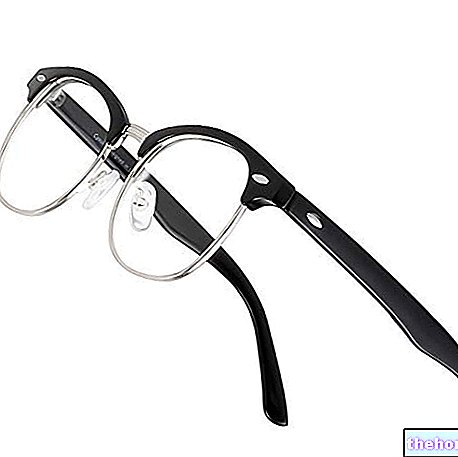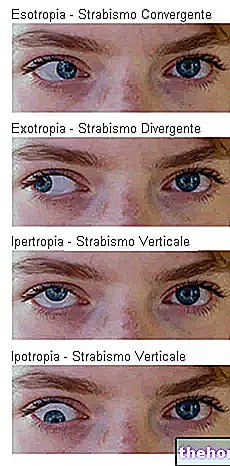The accommodative capacity of the human eye decreases over the years due to a progressive hardening of the central portion of the lens (nucleus). It loses water, hardens and increases its refractive index becoming unable to change the shape of the lens same for focus.

Symptoms
For further information: Presbyopia Symptoms
The presbyopic patient realizes his condition because he is no longer able to focus on objects at the normal distance, but must move them away. The classic example is that of the removal of the newspaper in the moment of reading.
Age of Onset
Presbyopia arises in emmetropia around the age of 45, in farsightedness a little earlier and in short-sightedness later. Indeed, myopic people will have the sensation that their refractive vice improves. In astigmatism, depending on whether it is myotic or hyperopic, it will manifest earlier or later.
Presbyopia, therefore, is not a pathology but a (normal) paraphysiological phenomenon linked to aging.
Very important to keep in mind is the fact that any apparent improvement in presbyopia after the age of 65 must always suggest a myopia due to a change in the refractive index of the lens that occurs in the cataract (disease characterized by the progressive opacification of the lens, which under normal conditions is transparent).
Correction of presbyopia
It is necessary around the age of 45 and is implemented through the use of bifocal lenses that are convergent in near vision.The use of contact lenses and laser surgical treatment is also possible.




























